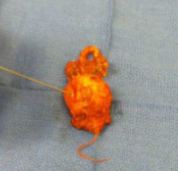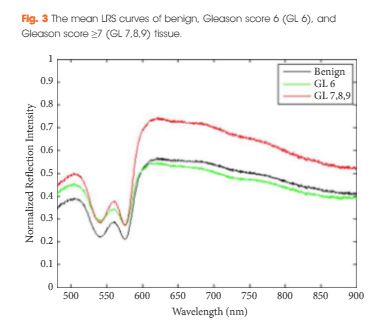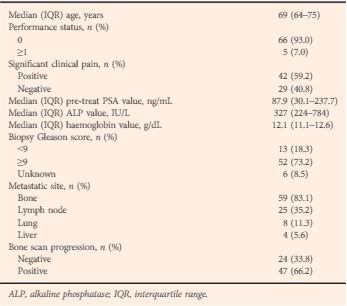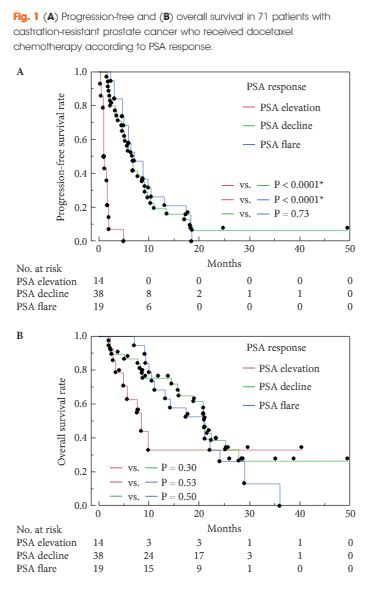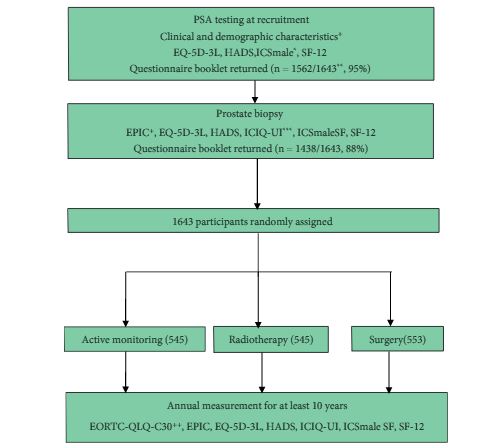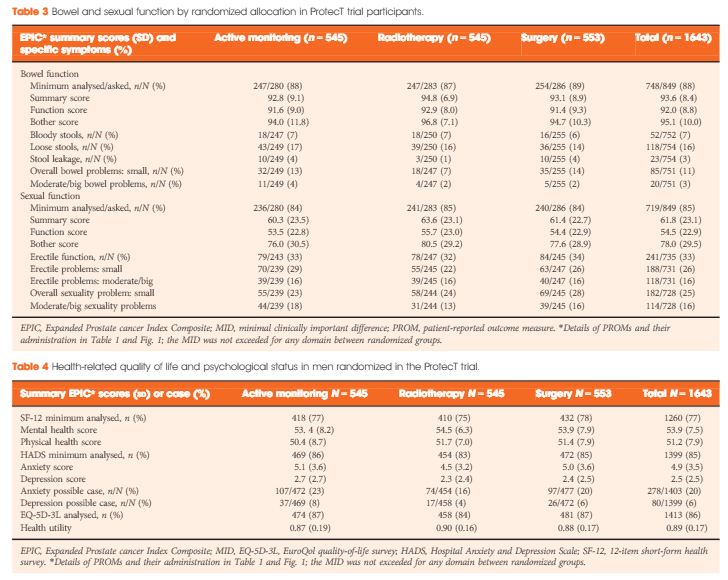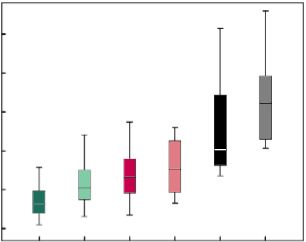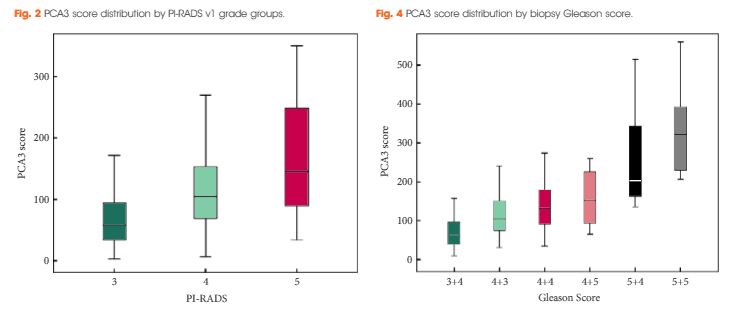Editorial: The prognostic value of prostate biopsy grade – Forever a product of sampling
The ability to project clinical outcomes based on limited data is crucial to the practice of medicine. This principle is particularly germane to the management of prostate cancer, where clinical outcomes vary widely. In the current issue of BJUI, Danneman et al. [1] assess pathological grade concordance between diagnostic needle biopsy and subsequent radical prostatectomy specimens from 2000 to 2012. The authors observed increased concordance of biopsy and prostatectomy Gleason scores over the time period (from 55% in 2000 to 68% in 2012) with the majority of improvement occurring before 2005. Interestingly, concordance decreased over time (from 68 to 57%) with use of the newly revised grading system. These and other findings led to the proposal that increased concordance was attributable more to the elimination of Gleason scores 2–5 than the systematic change in grading itself.
We commend the authors for exploring this important topic. Our ability to derive meaningful information on disease biology and behaviour from biopsy specimens is essential to counselling patients on the many available management options. At the same time, biopsy grading is inherently limited in its ability to predict overall prostate pathology because it is not only dependent on architecture and morphology, but also on the, admittedly minimal, sample of tissue obtained. As such, we should be cautious in using terms such as ‘undergrading’ in describing biopsy specimens, which may have been properly graded, but simply lacked the higher grade tumour observed at prostatectomy. In reality, such a phenomenon represents undersampling rather than undergrading, and there is hope that such undersampling will decrease with improved methods of detection, such as multiparametric MRI/TRUS fusion-guided biopsy.
Notably, the authors refer to the updated grading system, which was first described by Dr Epstein and validated in a multi-institutional study [2] before the 2014 International Society of Urological Pathology (ISUP) consensus conference, as ISUP grades 1–5. For clarity, it should be noted that the initial report and validation of the new system [2], the 2014 ISUP consensus conference proceedings [3] and the WHO 2016 edition of Pathology and Genetics: Tumours of the Urinary System and Male Genital Organs [4], have all described the new system based on grade groups 1–5. Consistent use of the adopted terminology will be helpful moving forward.
Nonetheless, there are several potential explanations for the patterns observed in the present study. As the authors note, lower concordance based on the grade group system can be largely explained by the more precise classification of Gleason score 7 cancers. Based on evidence of disparate outcomes in Gleason score 3+4 = 7 and 4+3 = 7 disease [5], the ISUP system distinctly classifies these cancers as prognostic grades 2 and 3, respectively. Certainly, when compared with a system in which Gleason score 7 represents a single classification, one would expect poorer concordance in the more widely distributed group. We believe the clinical utility of separating these classifications far outweighs a modest decrease in concordance, which may be explained by other factors in any case. Previous studies have shown the importance of subdividing the Gleason score 7 population when comparing grading systems [6]. Furthermore, details are not provided as to whether a global grade was assigned to biopsy, a common practice in Sweden, which is not the currently recommended practice. That 5–7% of specimens received a Gleason score < 6 calls into question whether contemporary recommendations were fully adopted during the study period.
Regardless, Danneman et al. elegantly highlight the frequency with which biopsy and prostatectomy grades are discordant, and the fact that, to date, pathological grading remains a subjective practice. As noted, there are widespread efforts to address both of these issues, including the use of targeted biopsies and tissue-based genomic markers. Until these practices are well-validated and widely implemented, there are several reasons to believe the most recent grade group system will improve contemporary practice, despite limited concordance. For one, use of a more intuitive scale ranging from 1 to 5 should prove easier for patients to understand, a significant consideration in light of the information overload patients absorb with a new diagnosis of cancer. Furthermore, available data to this point demonstrate excellent prognostic value. In one study from Johns Hopkins, the revised Grade Group system showed improved accuracy for predicting 5-year metastasis (C-index 0.80 vs 0.70) and 10-year prostate cancer-specific mortality (C-index 0.77 vs 0.64) as compared with the original Gleason score [7].
Until truly objective methods of pathological assessment emerge, additional validation of the new grade group system is likely to further support its use moving forward. As Danneman et al. point out, however, we must keep in mind that biopsy, although perhaps our most useful tool, captures only a small fraction of the overall picture.


